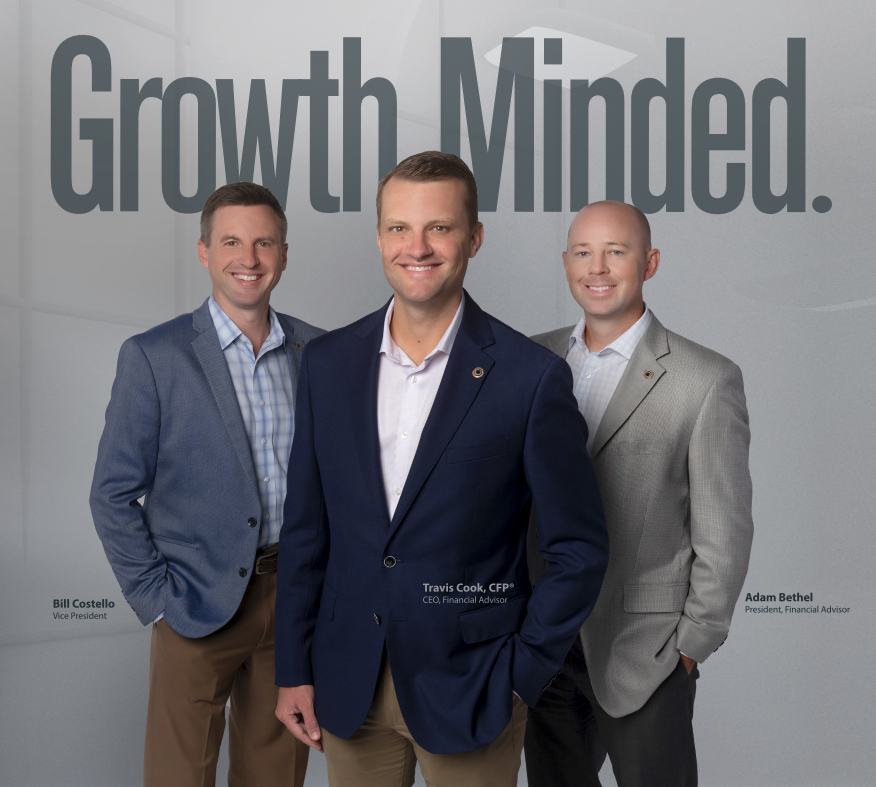5 Questions to Ask Your Employer About Your Retirement Plan
By Heather Hoffman, Marketing and Communications Specialist
06/2024
Whether you’re starting a new job, became freshly eligible for your work retirement plan, or aren’t quite sure what happens to your money each paycheck, you likely need some answers regarding your 401(k). Many workers fail to ask the right questions to fully understand their retirement plan options. Don’t let this be you. Compiled here are 5 questions to ask.
1. Is there an employer match available?
Having an employer match can be an extra boost to your retirement savings. Usually, employers will match your contributions based on a percentage of your salary. Employer contributions do not count towards the yearly limit of $23,000 for a 401(k) in 2024. However, contributions combined across all 401(k)s cannot exceed $69,000 for 2024. If you are 50 years or older, you can contribute $76,500 total with catch-up contributions. The total contributions must also be below your annual compensation from that employer.
2. How long is it until the employer contributions become vested?
Vesting means ownership. Depending on the company policy, employees might not “own” the employer contributions to their retirement plan right away. Any contributions you, as an employee, make are always fully yours.
Some companies use graded vesting. This is where the employer contributions gradually become vested, with an increasing percentage each year. For example, year 2 of employment can mean 30% of the employer contributions are vested. The maximum time before it must reach 100% vesting is 6 years.
The other strategy is called cliff vesting. Instead of gradual ownership, companies can offer 100% vesting after a certain amount of time. The maximum time frame for this is 3 years.
Some events can give employees ownership of matching contributions immediately. This includes when you reach full retirement age, and if the company retirement plan becomes fully or partially terminated.
If you are planning to move, or change jobs for any reason, it is important to know how long you must wait to get your full employer contribution. This mistake could cost you thousands of dollars.
3. When can you begin contributing to the plan?
Many companies require a waiting period before you can begin enrollment in their retirement plan. A one-year period is the most common, followed by no waiting period. After meeting the required time frame, an employee will then be required to wait until the next plan entry date. This could be every day, the first of the month, quarterly, yearly, or however the company sees fit. The full, combined time that an employee must wait before beginning the retirement plan cannot be over 18 months.
Part-time employees must meet some requirements to be qualified to enroll in a company’s 401(k) plan. If an employee is a long term, part-time employee, the employer must allow them to be covered by 401(k) plans. For 2024, an employee who works more than 500 hours in three consecutive 12-month periods is eligible. For 2025, that reduces to two 12-month periods. Even though these employees qualify, the employer can choose not to match contributions.
4. Is there a Roth option?
Roth 401(k)s allow you to contribute after-tax dollars to your retirement account. This means taxes are taken out now, and they are not when making withdrawals. Even if an employer does offer a Roth 401(k) option, it doesn’t automatically mean the employer contributions will go into a Roth account. Some may opt to place the match in a traditional 401(k), which is taxable upon withdrawal.
With new rules beginning in 2024, Roth 401(k)s are no longer subject to required minimum distributions (RMDs). This is on par with Roth IRAs. If your employer offers a Roth option, once you are eligible for penalty-free withdrawals, you can make withdrawals tax-free and can let it grow for as long as you want.
5. What are the investment options?
Most 401(k) plans enroll the employee in a target-date find. The investment allocations differ with age and retirement target date. For example, as an employee nears retirement, their investments are put into less volatile options, like bonds. Most companies allow you to have some choice over your investments. While some companies automatically enroll you in their recommended investment options, others don’t invest your contributions for you. You may have to manually make sure your funds are set up properly. You likely won’t have the option to invest in individual companies like you would with an IRA.
There will likely be fees associated with the investment account. Depending on what you’re invested in, these fees could differ, so make sure to plan for that.
When it comes to your retirement, you should never shy away from asking questions. Whether it’s your first or fiftieth contribution, knowing these answers can help you remain confident in your financial future.
The opinions voiced are for general information only and are not intended to provide specific advice or recommendations for any individual.



